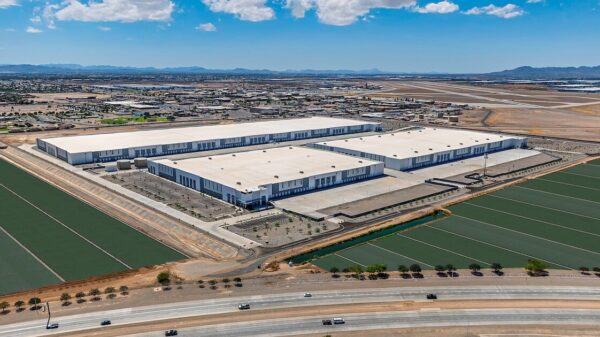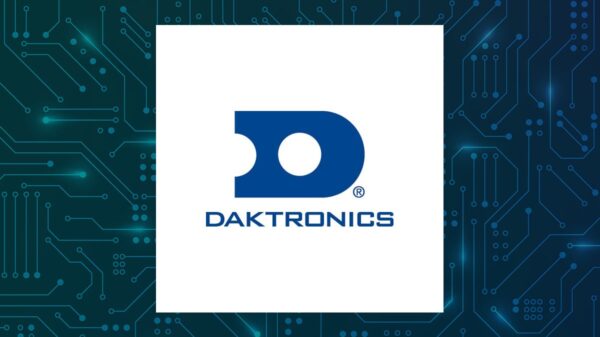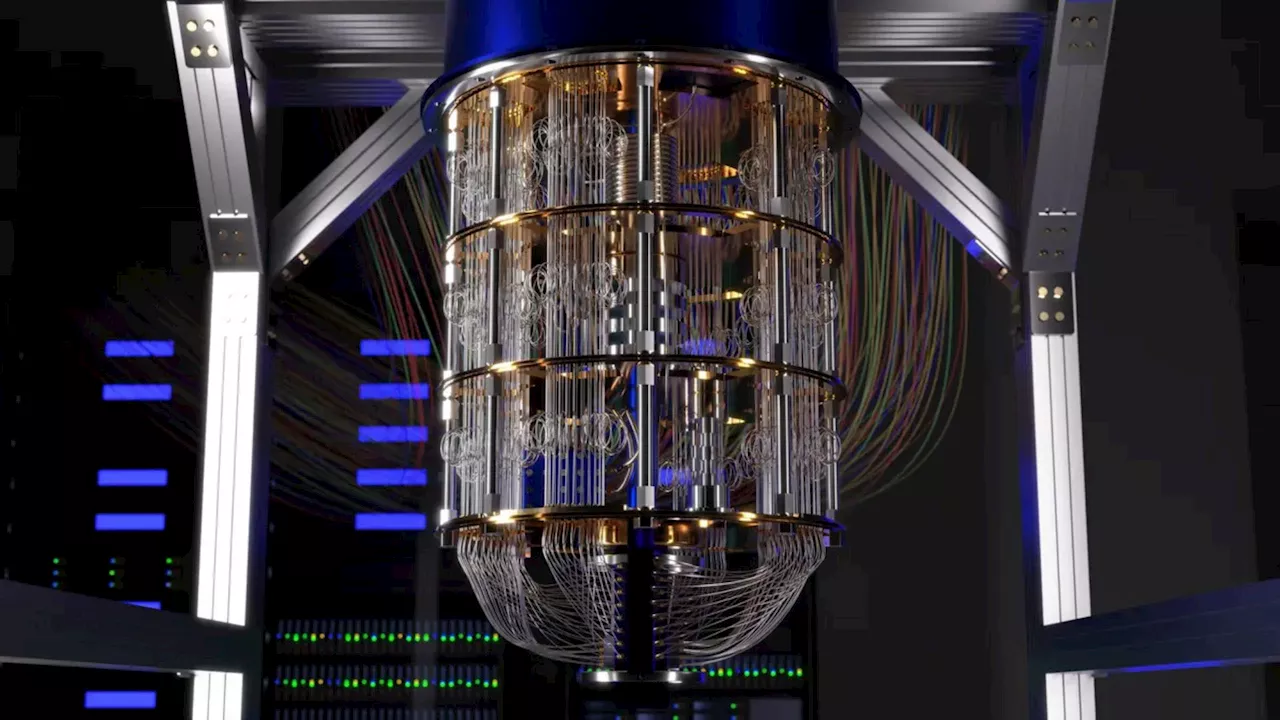Researchers in Germany have made significant advancements in the production of solar cells, achieving a remarkable efficiency of 9 percent and demonstrating improved durability. Led by Arved Hübler, a professor at the Chemnitz University of Technology’s Institute for Print and Media Technology, the team has refined their solar cell technology over the past fourteen years. This progress follows their groundbreaking achievement in 2011 when they unveiled the world’s first solar cell printed on paper, which initially had an efficiency of only 1.7 percent.
The latest iteration of these solar cells also boasts a production yield exceeding 88 percent, marking a crucial step toward scalable, flexible, and cost-effective renewable energy solutions. “While we proved that it was possible, the performance wasn’t yet convincing,” Hübler stated, reflecting on the early prototype’s limitations in efficiency and durability.
Innovative Manufacturing Process
The printing process employed by the researchers utilizes a polymer blend known as PM6:Y12, organized into five distinct layers. The central layer, which is photoactive, contains organic semiconductors that convert incoming light into an electrical current. This innovative structure allows for efficient extraction and use of the generated electrical power.
Using a roll-to-roll press, the team applies liquid functional inks to produce the solar cells. Unlike conventional inks, these are chosen for their electrical properties, not their color. This method enables the rapid, cost-effective manufacturing of solar cells with low energy consumption, significantly contrasting with the energy-intensive processes used for traditional silicon panels. The technology could potentially produce entire square kilometers of solar material much faster than conventional methods.
Future Applications and Research
This achievement is part of the research group “POPULAR – Printed & Stable Organic Photovoltaics with Non-Fullerene Acceptors,” funded by the German Research Foundation. Researchers from various German universities are currently studying the aging process of the printed cells under accelerated stress conditions to better understand how and why performance may degrade over time.
In six weeks, the newly printed cells from Chemnitz will undergo aging tests at the Friedrich-Alexander University Erlangen-Nürnberg. The data collected will inform simulations aimed at refining future designs and materials for printed photovoltaics.
The potential for printed solar cells extends beyond mere efficiency. As climate change intensifies the demand for innovative energy solutions, applications for these cells are emerging. Hübler envisions kilometer-long solar films that could be unrolled across agricultural fields to provide shade and generate power, offering a versatile approach to energy generation. “For this to work in practice, however, the printed solar cells must be sufficiently durable,” he concluded.
As the renewable energy landscape continues to evolve, the advancements made by this German research team exemplify how innovative manufacturing processes can pave the way for more efficient and practical solar technologies.





































































